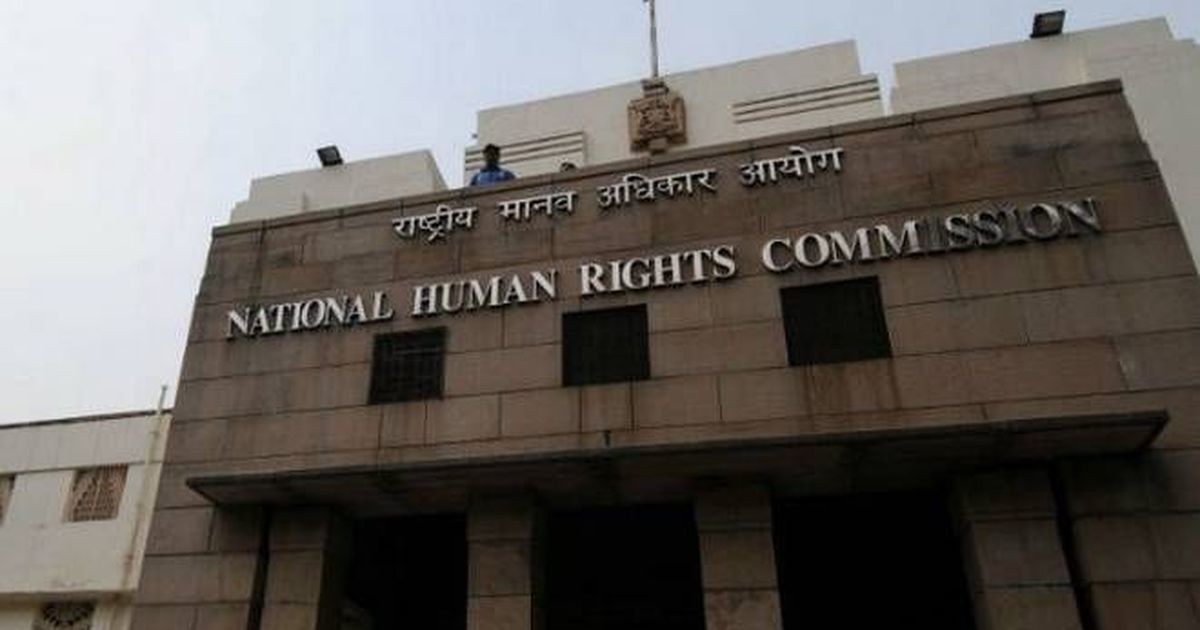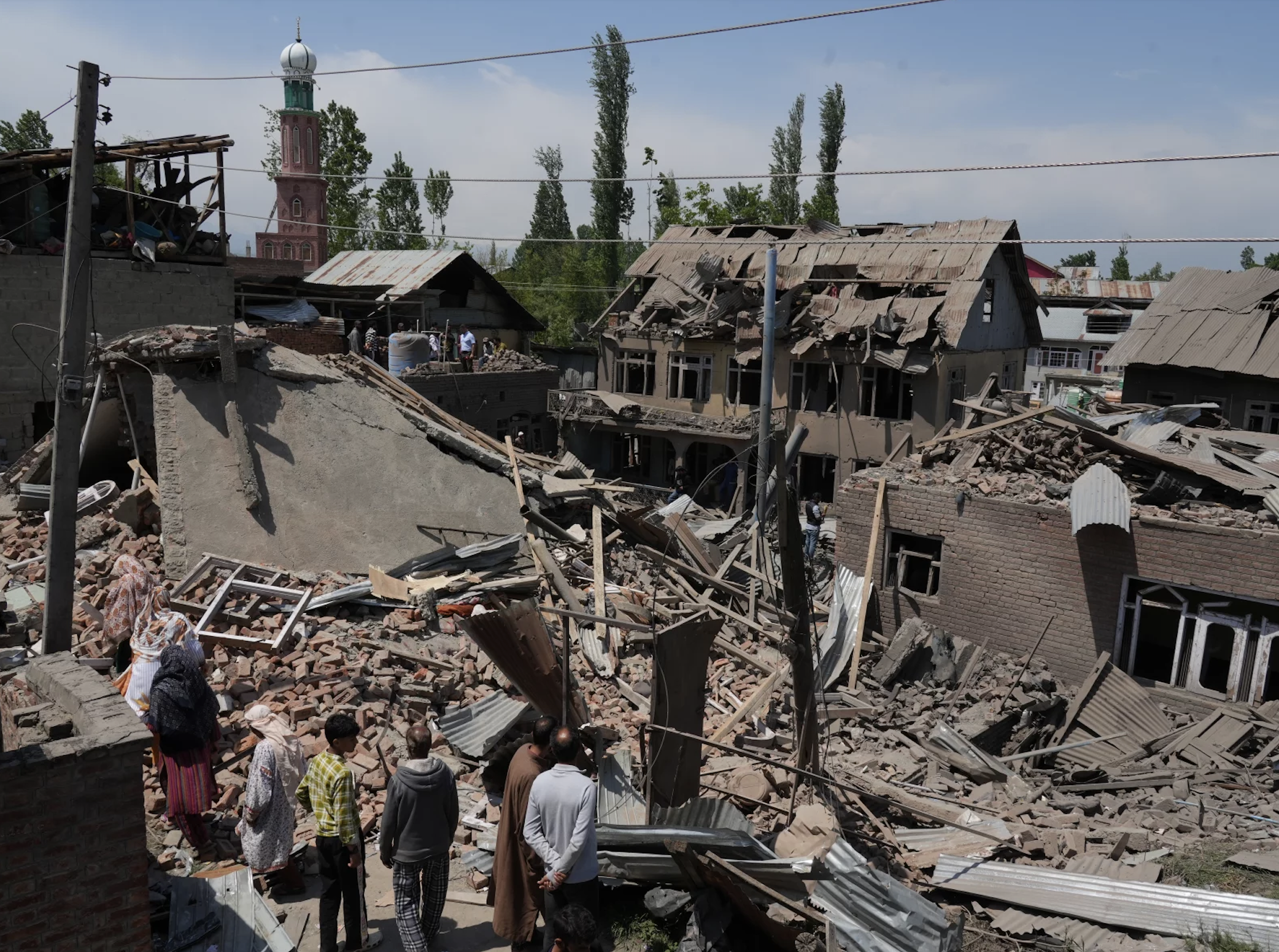
By Rashme Sehgal / News Click
Some years ago, Delhi Police may have been among the high-profile forces in the country, with a history, some say, stretching back to the thirteenth century. Today, this force seems to be going the way of the Uttar Pradesh Police, which does not hesitate to indulge in vigilantism and ignores the due process of law.
In Uttar Pradesh, the police claim to have killed 139 alleged criminals in so-called encounters between March 2017 and June 2019 and non-fatally injured 3,196 people over the same period. The modus operandi was always similar: In a “desperate bid” to escape, the alleged criminals attacked the police. When it fired back in self-defence, the “criminals” were injured.
Recent police “encounters” in Delhi repeat the same story—though admittedly, the scale is far from that of its neighbouring state. It came to light when the Delhi Police recently insisted in a court that its officials shot at five people charged with various crimes in self-defence. All these shootings took place in three incidents over three months in 2021 in the Dwarka district and involved the “special staff” team of the Delhi Police. Suspects apprehended in each of these incidents got bullet injuries on the front of the knee.
Former Director-General of Uttar Pradesh Police VN Rai, who exposed the 1987 custodial killings of 38 Muslim men in Hashimpura, says, “The Delhi Police did not have a culture of custodial killings as has been the case with the Uttar Pradesh police. One reason may be that they are functioning under the nose of the Supreme Court, the National Human Rights Commission and other august bodies.” But Rai warns, “If this trend is allowed to continue, they will end up as extortionists who will not hesitate to gun down their enemies.”
The Uttar Pradesh police seem to have a clear bias against Muslims and Dalits since the majority of those it has shot at belonged to these two categories. It is not immediately apparent if this trend has taken hold in the Delhi Police. Attempts to contact DCP Shankar Choudhary, who heads the police force in Dwarka, proved futile as he did not respond to phone calls or WhatsApp messages.
Last year’s incidents came to light roughly a week ago when, news reports said, the accused men injured in the police firings appeared for a hearing before Vishal Gogne, Additional Sessions Judge, Southwest District. One of them, Deepak Chauhan, said he was picked up by the Special Staff on 1 October 2021 and kept in its office complex for three days. After this, he said, the police took him to a cremation ground, where he was shot in the knee. In the police version, Chauhan was accused of supplying weapons to a criminal gang. When he was intercepted, he shot at a head constable who, “fortunately was wearing a bulletproof jacket”. Chauhan was fired upon in retaliation, leading to the knee injury.
Another accused, Bablu, claimed he was picked up from a tempo stand near the Mangolpuri bus stand on 18 October 2021 by members of the same team and shot in the right leg the following day. The police version in his case is that he fired at them when he was intercepted and took a bullet in his right knee in retaliatory firing.
One Aijaj and four men, including his brother, had gone to Rajasthan to buy cattle in July 2021. The police allegedly intercepted the group at the Bilaspur border and took them to a flat in Dwarka. During their hours-long interrogation, the police insisted they were cattle thieves, then handed them to the Special Staff, who took Aijaj and his brother to a forested area and shot them in their left knee.
ASJ Gogne said, “Cattle vigilantism, so apparent in the nation of late, has made an appearance as bovine policing within the national capital too.” Then he added, tongue-in-cheek, “The rule of law is the most sacrosanct holy cow, which the police must protect.” More surprising was that in the raid, the police recovered no cattle. Gogne said this is either an “ironic coincidence” or portends “something frightful”.
Eminent human rights lawyer Vrinda Grover says, “Cattle smuggling has many political connotations. The police and the law enforcement agencies are abusing their power. They need to be reined in at the earliest. We know the police is under the central government, so this is all part of a pattern.”
These cases would have gone unnoticed if not for Gogne, who, on examining the FIRs, noted that they were strikingly similar apart from the dates and the crimes. He felt these were cases of “vigilante justice”, with the men shot at claiming they had been blindfolded before the policemen shot them in the knee.
Gogne said it “defies ordinary reasonableness” that three different teams, on three separate dates, shot these suspects “with [such] clinical accuracy”. He said the accused make allegations against the police, but “custodial violence, wrongful implication and detention” are well-documented phenomena in our country. “In fact, countless commissions and judicial decisions have sought to address such tendencies,” he said.
According to Grover, “Police firing in ‘self defence’ is a very old story that has often been exposed by independent and impartial investigations. What is needed in the Delhi case is an independent probe by a court-monitored SIT to bring these kind of fake encounters to an end.”
It is also important to note that these encounters are not the only incidents in which the role of the Delhi Police has come under question. The attack perpetrated against Jamia Millia Islamia students on 15 December 2019, its bias in dealing with the violence on JNU campus on 5 January 2020, the arrests of activists in cases related to the riots in north-east Delhi, delay in completing those investigations and lacklustre probes have repeatedly received criticism. In one video from the Delhi riots, Delhi Police officials are allegedly seen abusing Muslim youths and forcing them to sing the national anthem. One of the youngsters, Faizan, died after the assault.
Former Uttar Pradesh Inspector General of Police SR Darapuri, the national spokesperson of the All India People’s Front, says he “did not witness any of this in 33 years of service” in Uttar Pradesh. He says encounter killings indicate a “complete high-handedness and brutalisation of the police force”. Expressing regret that institutions in the country stand compromised, he adds, “It is for the members of the judiciary to take strong action against this trend.”
Darapuri rues that Uttar Pradesh has become “a combination of encounter raj and bulldozer raj”. The problem is not limited to encounter killings, undoubtedly the most severe form of police excess. He cites the recent case of an absconding rape accused. On 3 April, the Uttar Pradesh Police broke three steps to the staircase of his home “as a warning”. He says, “The accused was living in a joint family who are not accused in the case. Then how can you justify this action?”
The bottom-line is that even if the apprehended person is a proclaimed offender, the police must follow the due process of law. If the same tendency as in Uttar Pradesh migrates to the Delhi Police, it will not be a happy omen for Delhi residents.
This article first appeared on newsclick.in





